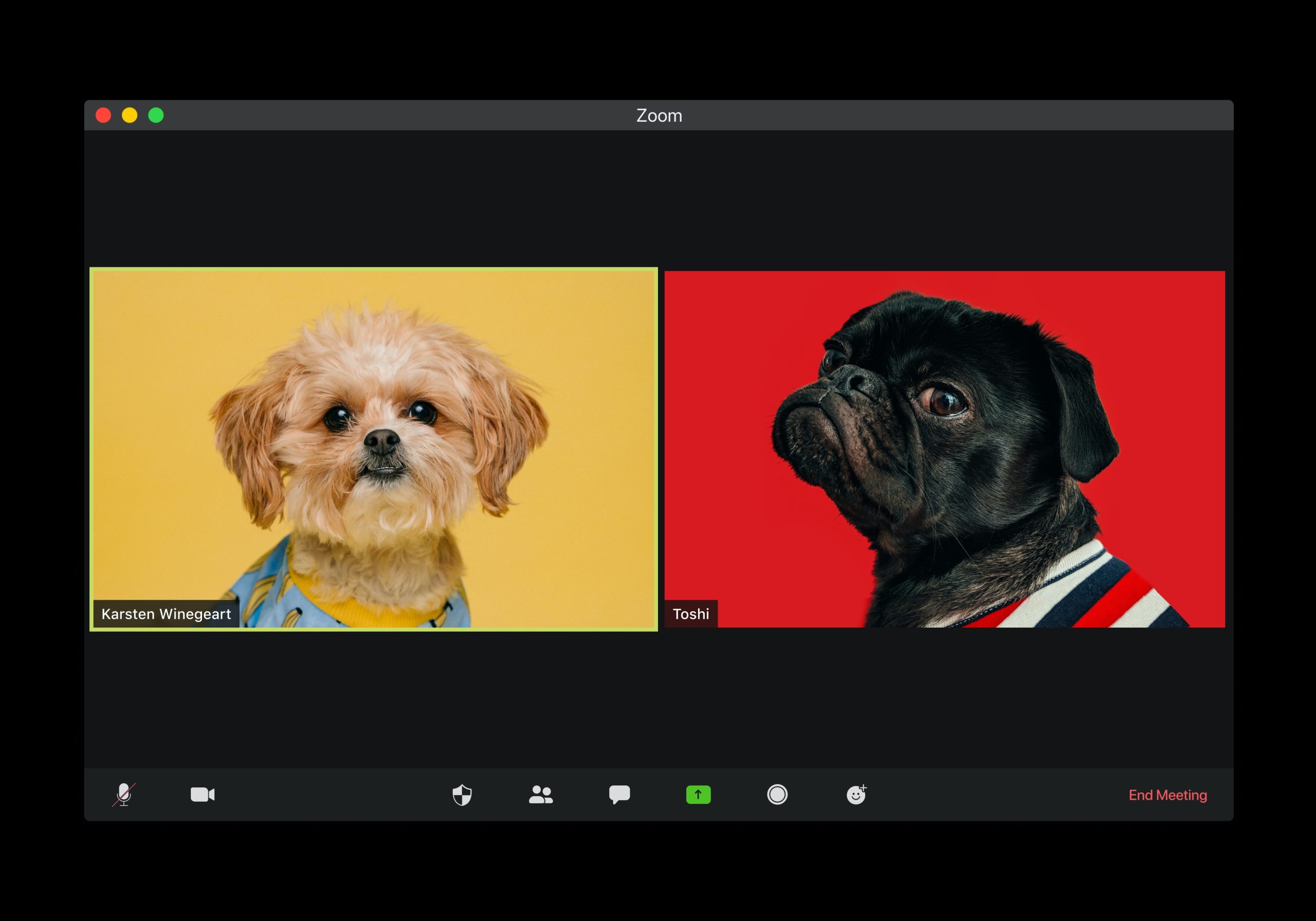Why is maintaining consistency in Brand Application important?
Brand application is simply the rollout of your brand on all of your marketing materials and customer touch points. Through an aesthetically excellent and consistent brand voice, customer interaction is a crucial step to get them to know you as an organisation. Maintaining consistency across all brand applications is vital to ensure dependability. Once the customer begins to learn more about the brand, they will form opinions, ideas and assumptions about each interaction. An erroneous brand application can cause earnest brand deprecation.

How do I plan a Brand Application rollout?
If the brand is left open to various interpretations, building brand awareness can get complicated and expensive. Maintaining consistency at all applications, both online and offline, is very important. The brand should embody the brand promises and values coherently at every customer touchpoint, thereby enhancing its dependability. Creating a library of brand assets after forming a brand identity can help all the stakeholders in the brand rollout. Having a set of brand guidelines or a brand book that serves as a go-to resource for your organisation can also be beneficial.
Hopefully, by now, you have identified the most important touch points of your brand. Identifying the customers’ path to purchase can be helpful, but it is better to start with where the brand currently lives. You do not want to end up with a mix of language or graphics or, worse still, with different logos. Whether it is a soft or hard launch, planning how you will activate the brand is crucial. Add all the applications designed during the brand’s development to the brand book to improve its consistency.

What are the most important things to consider in Brand Applications?
Always keep in mind that the aim of your brand application is creating a consistent brand experience. As discussed earlier, maintaining consistency about what you are and saying it is the key to a successful brand application. For example, if you want to build your brand as an environmentally responsible entity, do while amplifying your brand. Martin Dorey learnt about the backfiring of a brand application the hard way when his latest book, ‘No More Plastic’, arrived from publishers wrapped in plastic.
Martin Dorey said the world is “sleepwalking into oblivion.”
This example demonstrates the importance of maintaining consistency at all your touchpoints and applications. After writing a book, chasing a publishing deal and probably getting the text printed on recycled paper, Dorey lost everything in the last lap of brand application. This single sheet of cellophane undid so much hard work.
Activate your brand based on:
• What should be replaced or updated? i.e. what should be rebranded to maintain consistency? Can this be done as a soft or hard rollout?
• Where are the gaps? What other brand applications have been identified so far that will drive the momentum of the newly aligned brand when implemented?
• Who is managing the brand? Whether it is an internal champion or acting as a brand manager, getting the hierarchy in place as early as possible is essential.
• How do you check if it is working? Does it deliver on your brand promise? Regular review of applications helps you to improve communications and increase ROI.
How do you start planning your brand applications?
A strategic brand application plan is an integral part of any branding effort and is the key to getting the best ROI while building your brand. Integrating a strategic brand application plan into your marketing efforts assures brand consistency when rolled out to the target audience. In addition, planning your brand applications before rolling them out saves time and money.
The following five components are the backbone of a brand communications strategy and will inform the rest of your plan.

We begin your Brand Application Plan with these five questions.
1.Who is your target?
Who is the audience for your products or services? Perhaps there are multiple audiences. Identifying your audience is the first step in your strategy.
2.What are you communicating and trying to achieve?
Too often, brands communicate for the sake of speaking. Instead, your communication efforts should always have a more significant objective of building your brand position; it is not merely a tool for increasing sales. Never lose sight of this goal when communicating your new brand.
3.What are the key messages?
What message is the brand trying to convey to your audience? Is it clear, concise, coherent and straightforward?
4.What is your application Plan?
What are the ground level brand applications that support these strategies?
5.How will you measure success?
Metrics are important. Determining if the organisational goals are met or not is easy, whereas ascertaining the success of your brand applications tactics and strategies and the role they played in reaching (or not coming) the organisational goals can be challenging. But there are many tools, especially in digital communications, that can help in capturing these data. Apply outcome metrics wherever possible instead of output metrics. These five basic questions are an excellent basis to start planning your brand application rollout.

Insights & Strategy
Strategy is a forward-looking plan for your brand’s behaviour.

Content
Content helps your company to have unique communication.

Experience Design
UI/UX design gives the appearance above your brand’s behaviour.

Advertising & Scale
Advertising and scale help to have a unique plan for your brand’s life.








